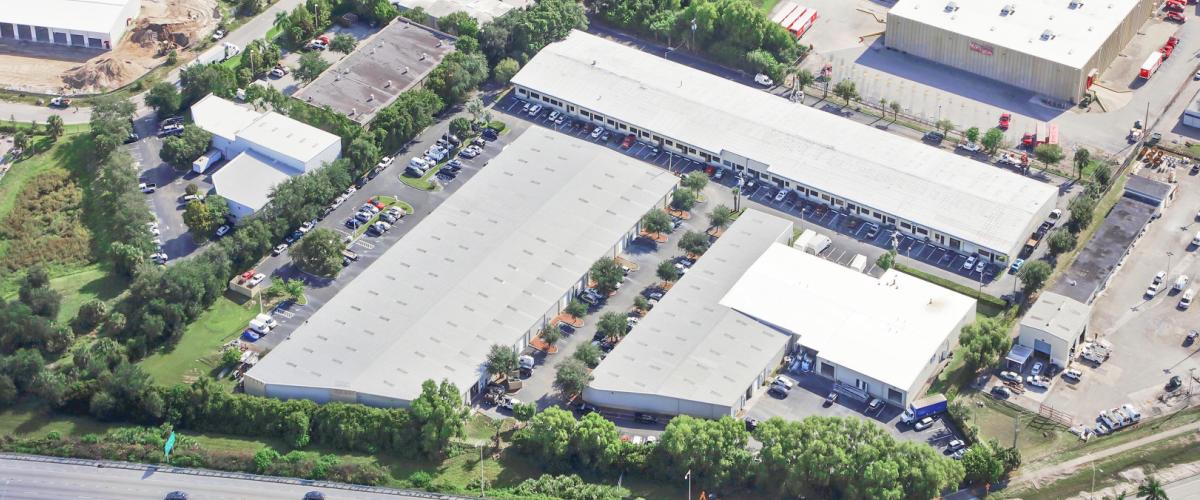There is a wave of investors who are currently selling their New York-based properties to invest in the South Florida area. Why?
Mainly because of the recent rent control law and its negative impact on returns on investments. It has been estimated, for example, apartment property values dropped 20%-30% as soon as the laws went into effect. Some investors are now mainly focused on getting their money out of New York and are looking to invest in properties that will produce better yields—specifically in non-regulated rent control markets, such as South Florida.
Why South Florida?
“There is zero incentive for New York multifamily investors to purchase a building and spend money on renovations if they can’t raise rents in these rent-controlled environments. Florida has always been a market with attractive yields. This is why most NY investors are choosing South Florida,” says Rafael Fermoselle, managing partner of Eleventrust Real Estate. “They either have their New York properties under contract to be sold, have already sold them, are in 1031 exchanges, or in some cases looking for diversification.”
Investors are selling their assets in New York and reinvesting in deals that yield more and ideally, are located under one roof. However, since Miami’s inventory is compressed with a lot of smaller multifamily properties and it’s difficult to find buildings with high unit counts under one roof, investors are turning to multifamily portfolios that are comprised of 4 – 8 buildings totaling 50-120 units. Although not all under one roof, investors are finding the 100+ units they are seeking with room to add value.
“Investors are working closely with Eleventrust because we have the inventory other brokerages don’t, plus, many of the deals they are transacting are happening off market, which many investors prefer,” explains Fermoselle.
Opportunity Zones
Opportunity Zones are another big reason why this new wave of investors are looking to South Florida. Miami, Fort Lauderdale and West Palm Beach are among the best places to invest in Opportunity Zones. There are about 123 Opportunity Zones in South Florida, including 67 in Miami-Dade, 30 in Broward and 26 in Palm Beach counties.
“Almost 16% of South Florida’s commercial assets are located in Opportunity Zones, one of the highest rates in the nation,” Fermoselle tells GlobeSt.com.
Tax Savings
New York investors looking to move to Florida also benefits from the state not having an income tax for Florida residents. New York state tax rates range from 4% to 8.82%. Additionally, the effective real estate property tax rate for Florida residents is approximately 0.98%, compared to 1.68% in New York.
New York investors will also save on capital gains tax in Florida where the top marginal tax rate on capital gains in Florida is 25% and top marginal tax rates on capital gains in New York is 33.82%.
“We currently have 4 successful deals with New York investors including multifamily properties with 9-18 units,” says Fermoselle. “We also have properties located in emerging neighborhoods that are garnering interest from east coast investors.”
Source: GlobeSt.





